Table of Contents
Most papers can be composted, though some paper types should be recycled or upcycled. Types of compostable paper include unbleached and uncoated papers. You can add bleached paper in small quantities, if chlorine contamination does not concern you.
Papers are fantastic for absorbing moisture in your compost pile or compost bin. They provide the carbon necessary to foster the growth of composting microorganisms.
Problematic pests, and foul odors, may arise from mismanagement of contaminated paper. When composting paper scraps, prepare your materials carefully and aim for the ideal composting conditions to guarantee a healthy compost pile.
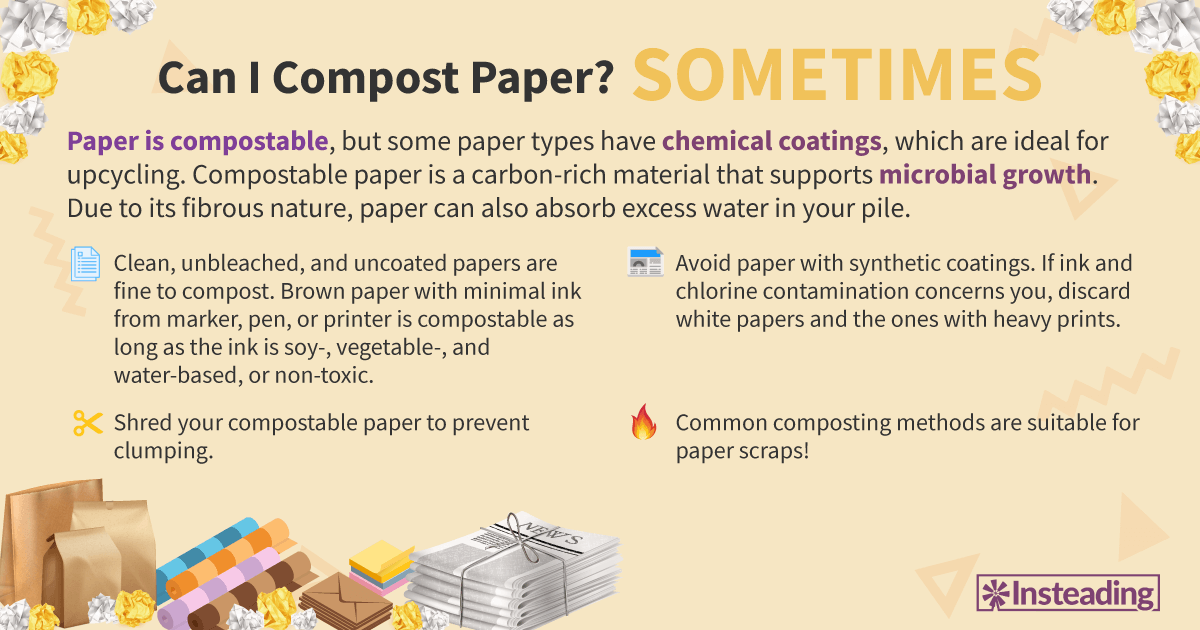
Continue below to learn how to compost various types of papers and other alternatives of composting.
Types of Paper for Composting
Not all papers are safe to compost. Some are coated with nonbiodegradable elements like Bisphenol A (BPA), plastic, or wax that may harm composting microorganisms.
Unbleached Papers
Unbleached papers are distinguished by their brown color and the absence of chlorine. They’re considered more eco-friendly since their paper pulps aren’t subjected to any bleaching process.
Paper products like cardboard, paper bags, paper envelopes, paper towels, sticky notes, and wrapping papers are compostable as long as they are clean, uncoated, and unbleached. Minimal amounts of brown paper with nontoxic soy-, vegetable-, or water-based ink from markers, pens, or printers are safe to compost.
If you’re concerned about ink and dye contamination in your compost, it’s best to steer clear of heavily printed paper to keep your compost entirely organic.
Uncoated Papers
Uncoated papers have no other inorganic materials mixed into their fibers. In contrast, coated papers commonly have matte, metallic, glossy, or semi-glossy finishes. Chemicals used in coated papers help ink retention in the pages, and make the surface shinier.
For example, some thermal papers and most receipt papers are chemically treated with BPA, a chemical for plastics and resins. When mixed into your compost heap, BPA-coated papers won’t decompose and the chemicals will persist even after the decomposition process.
Moreover, paper plates often feature a plastic or wax coating that prevents the paper pulp from absorbing food grease or liquid. Paper items containing plastic derivatives such as polyethylene terephthalate (PET) and polylactic acid (PLA) are better suited to industrial composting.
Other coated paper products to avoid are coated food cartons, glossy photos, magazine pages, and waxed parchment.
Bleached Papers
Bleached papers are distinguished by their white color, as opposed to the natural brown of unbleached papers. These papers are put through a bleaching process to eliminate the natural brown pigment of paper pulps.
Chlorine is one of the most widely used bleaching agents in the manufacturing process. Traces of the chemical are tolerable for home compost heaps. However, composters and gardeners worry about environmental impacts of chlorine contamination and bioaccumulative toxins. If this is a concern, it’s best not to compost white paper products, including single-use paper towels and tissue papers.
How to Compost Paper
Composting paper as a carbon-rich material requires careful preparation, and optimal composting conditions. In a well-managed pile, paper is convertible into healthy compost for your garden plants!
You can safely compost paper that has been exposed to soil and water. However, avoid composting used paper products heavily tainted with dairy products, manure (both animal and human), meat, and oil. These contaminants could draw unwanted pests and produce unpleasant odors. Unless you’re performing Bokashi composting, some composters prefer not to add these items to open compost piles or bins.
Preparing Paper for Composting
First, identify your compostable paper and remove any attached inorganic components. Ensure the paper you plan to compost matches one of the earlier mentioned compostable paper types. If you’re not sure about the product’s composition, you can either contact its manufacturer directly for clarification or dispose of it in a suitable bin to be completely safe.
Plastic stickers or tags should be cut or peeled off from the paper. Small-sized, metal staples in minimal amounts can be added to your compost pile or compost bin. If you prefer a completely organic pile, discard them as well.
Once your compostable papers are cleared of any nonbiodegradable components, cut or shred them into smaller pieces. Make the paper as tiny as possible to accelerate their decomposition. Adding uncut papers to your compost pile will disrupt the pile’s oxygen flow.
Without proper aeration, your compost pile may develop anaerobic decomposition, causing it to smell. Cutting your paper will definitely save you precious time and help minimize potential issues.
Optimal Composting Conditions for Paper
To guarantee proper decomposition, balance your shredded paper with other nitrogen-rich green materials and carbon-rich brown materials. Food scraps from your kitchen like coffee grounds, fruit and vegetable trimmings, are excellent sources of nitrogen for composting microorganisms. Yard wastes like fresh grass and plant clippings are welcome additions as green ingredients as well. Layer these with dead leaves, sawdust, shredded cardboard, and paper as brown material. The ideal carbon:nitrogen ratio is approximately 25 to 30 parts carbon to every one part of nitrogen.
When composting paper wastes, provide your compost pile with adequate moisture. A well-managed compost should be damp but not soggy. Lack of water will halt your paper compost from decomposing completely. However, excess moisture can generate an environment for anaerobic bacteria, causing foul smells within the compost. Only add water when needed and turn the pile to evenly distribute moisture.
In hot compost piles, aim for the optimal temperature range between 90 and 140 degrees Fahrenheit. You can monitor the pile’s temperature by using a long-stemmed backyard thermometer. Turning the pile regularly helps aerate the organic matter with oxygen. Doing so will also prevent your shredded paper from clumping.
Keeping in mind these optimal conditions can help you transform paper into nutrient-rich compost effectively.
How Long Does Paper Take to Compost?
In a well-managed compost pile, paper can decompose in 2 to 6 weeks. The compost pile’s moisture, oxygen, and temperature levels are crucial factors that can impact the decomposition speed. If left alone in the environment, biodegradable paper wastes can disappear within 2 to 5 months.
How Paper Affects the Composting Process
Compared to other organic matter, paper can uniquely absorb excess moisture within the pile. Additionally, providing the compost with carbon, shredded paper boosts microbial activity to speed up decomposition.
Impact on Decomposition
Carbon from compostable papers serves as an energy source for microorganisms to thrive. When composting paper, make sure to shred or cut them first to avoid clumping. Small pieces of paper decompose faster.
Adding loads of incorrectly prepared paper waste will slow down your composting process.
Microbial Activity
Without the community of composting microbes in your compost pile, the rate of decomposition slows down. A good balance of green ingredients, and brown ingredients will sustain the pile’s efficiency until a healthy compost is produced. Including paper wastes in your compost provides vital carbon for microbial development.
Temperature and Moisture
Layering shredded paper in your compost pile or compost bin helps insulate heat and absorb excess moisture. These factors are vital for successful composting. Paper items like cardboard can create air pockets within the pile, thereby supplying the organic materials with oxygen. This process helps to maintain the optimal composting temperatures of 90 to 140 degrees Fahrenheit.
You cannot add paper as you please. Large amounts of paper items can lead to clumping, preventing proper aeration.
Potential Issues With Composting Paper
Composting paper usually does not cause problems within compost bins. However, mismanagement of your compost and improper preparation of your ingredients may trigger common problems when composting organic wastes.
Keep in mind: Dirty paper products heavily tainted with dairy, manure, meat, and oil can attract problematic pests and cause foul odors in mismanaged compost piles.
Will Composting Paper Attract Pests?
Composting clean paper in a well-managed pile shouldn’t attract pests. However, anaerobic decomposition can cause your compost pile or bin to smell, possibly attracting problematic pests. To prevent this issue, aim for the optimal composting conditions and prepare your paper wastes correctly.
Will Composting Paper Cause Odors?
By themselves, clean papers do not cause odors in a well-managed pile. Avoid anaerobic decomposition by aiming for the ideal composting conditions, maintaining balanced moisture levels, and turning the pile regularly.
Methods for Composting Paper
Common composting methods are suitable for paper. Explore your options below.
Hot Composting
Paper is ideal for hot composting! Pieces of paper products are excellent absorbers of excess moisture in your compost, and insulators of heat generated by microorganisms. The high temperatures in hot compost piles “cook” your organic matter to break them down. However, hot composting may not be suitable for first-time composters. Regular turning and temperature checks are needed to successfully sustain a healthy compost pile.
When hot composting, maintain the pile’s temperature between 90 to 140 degrees Fahrenheit.
Cold Composting
If you want an effortless method for composting paper, cold composting will work best for you. It involves layers of green ingredients, and brown ingredients. Environmental elements, and naturally occurring microbes, are the forces behind decomposition in cold compost piles.
However, without human intervention during the process, cold composting yields nutritious compost longer compared to hot composting.
Vermicomposting
You can sustainably manage your paper waste through vermicomposting. Shred unbleached and uncoated paper products and mix them with other food waste. Gradually introduce this diverse mixture to your worm farm so the worms can adjust easily. It’s also safe to vermicompost unbleached paper that has nontoxic, soy-, vegetable-, or water-based ink. However, if you’re unsure about the ink composition, either contact the manufacturer or discard your colored papers.
Bleached paper and dirty paper contaminated with cleaning products are not advisable for vermicomposting. Dispose of them elsewhere, as they may harm your worm farm with their chemicals.
Bokashi Composting
Some paper products can be used to create homemade Bokashi bran as an alternative to expensive ones. This particular method originated from Japan and Korea, where organic materials are fermented inside a specialized bin, sealed to keep away oxygen. It involves an inoculant bran available commercially. Bokashi is ideal for gardeners who have no space for a backyard compost heap.
Your newspapers and shredded papers can be converted into a Bokashi bran that kick-starts the fermenting process.
Alternatives to Composting Paper
If composting isn’t possible, there are better alternatives than dumping your paper wastes elsewhere.
Industrial Composting of Paper
Industrial composting facilities offer pick-up services and drop-off options for paper wastes from households and offices. Contact your local facility to find out how they accept household waste. This option is advisable when a home compost bin or heap is unavailable.
Recycling Paper
Dumping paper to landfills contributes to the production of greenhouse gas. In the United States, paper wastes take up a hefty 12% of all landfill garbage. With this figure, paper materials are ideal for recycling. Although energy is still needed, recycling paper is more eco-friendly than producing virgin paper.
Paper products like used catalogs, corrugated boxes, envelopes, old magazines, paper mail, and phone books are recyclable. Wet or greasy paper items are not accepted in most recycling centers. Oil can cause contamination while wet paper products have stiffer fibers.
You can contact your respective state agency for waste management concerns, or recycling inquiries.
Columbia, New Jersey, Pennsylvania, Rhode Island, and Wisconsin require recycling of paper and cardboard products. In cities like Seattle and Ohio, recycling programs exist for organic matter, too. Use this recycling locator to find your closest recycling center.
Upcycling Paper
Get creative when repurposing used paper products. Here are some exciting ways to give your paper scraps a second life.
Homemade Greeting Cards
Grab those scissors and glue! Create your heartwarming greeting card for loved ones out of these household wastes. When it comes to upcycling paper scraps, there’s no limit to your imagination. Mix and match different colors or patterns, and after you’ve finished creating your card, you can even choose to doodle or paint on it. This is a great bonding activity with kids.
Do-It-Yourself Bookmarks
Old postcards and office folders are suitable as bookmarks. Cut them down to your desired shape, and design as you wish. Pick up your current read, and continue right where you left off using these handmade bookmarks.
Upcycled Wrappers
Abandon those glossy wrappers during the gift-giving season. Start reusing old comics, magazines, maps, and newspapers when preparing your gifts. It’s thoughtful and environmentally-friendly.
If you’re feeling a little more creative, try this Origami hexagonal gift box.
Origami wallets, paper pen holders, and even paper claws are other exciting ways to make use of paper scraps.
Disposal Options for Paper Towels
If none of the options are available, properly segregate your paper wastes and dispose of them in an appropriate garbage bin.
What Paper Shouldn’t Be Composted?
In addition to contaminated paper mentioned earlier, there are other kinds of paper that shouldn’t go to your pile.
Papers coated with synthetic coatings like plastic, resin, wax, or any nonbiodegradable element can release chemicals harmful to your compost. Some recycling centers are advanced enough to separate inorganic elements from the paper pulp. Check on your nearest facility to confirm.
Most glossy or shiny paper may contain polyethylene that can persist as microplastics.
Colored and heavily printed paper should be disposed of properly.
Safety and Precautions When Composting Paper
To prevent common composting issues, make sure your paper scraps are compostable. Doing so ensures you do not introduce harmful toxins to healthy compost. Prepare your papers correctly and aim for the optimal composting conditions.
After your composting activity, wash your hands with soap and running water.
FAQ
Can I put paper with ink on it in my compost?
Unbleached paper with nontoxic soy-, vegetable-, or water-based ink are fine to compost. Again, if you’re unsure of the ink composition, contact the manufacturer or discard your colored papers. You can exclude them from your pile or bin to keep the compost purely organic.
Why do you put paper in compost?
Shredded paper is an excellent source of carbon. Adding them to your compost pile will aid in microbial development crucial for successful composting. If you have a watery pile, try adding more pieces of paper to help absorb excess moisture.
Can I put scratch paper to my vermicompost?
Unbleached and uncoated scratch papers can be shredded and combined with other kitchen wastes for vermicomposting. White paper, and dirty paper used for cleaning products are not advisable to vermicompost. Dispose of them elsewhere, as they may harm your worm farm with their chemicals.


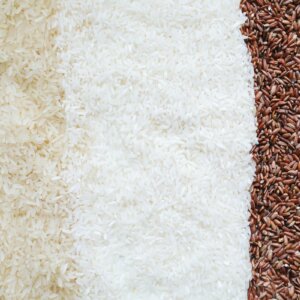
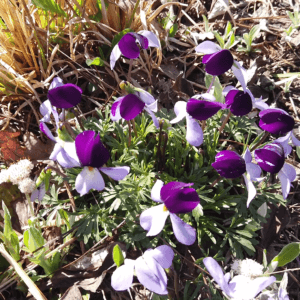
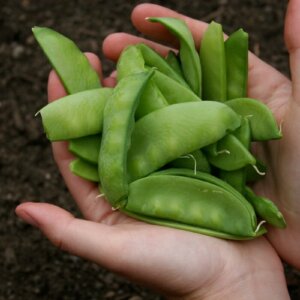
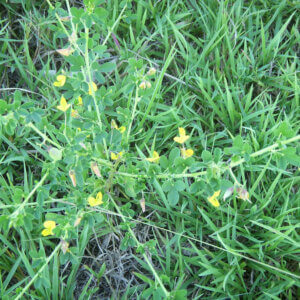
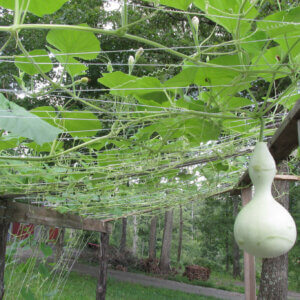


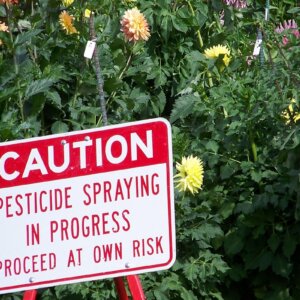

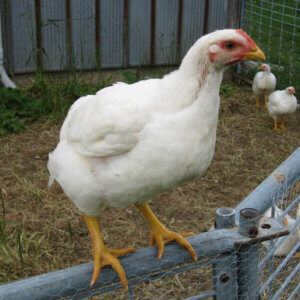
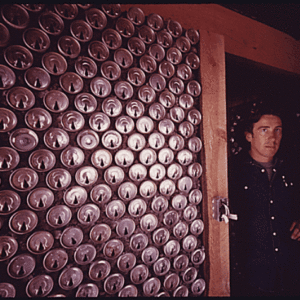
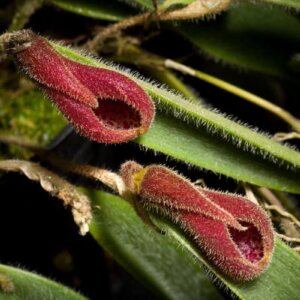
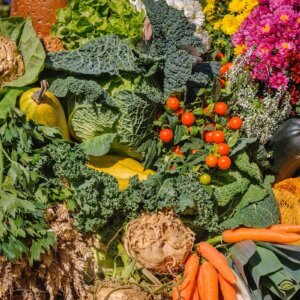



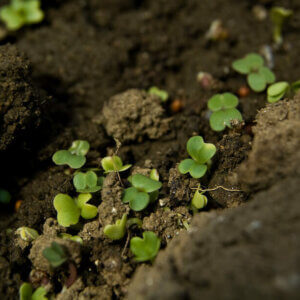



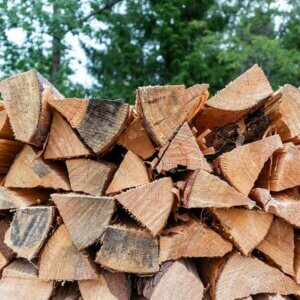
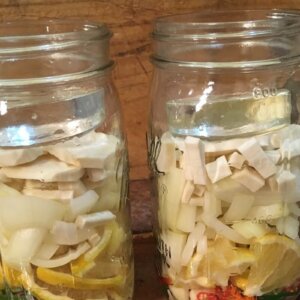
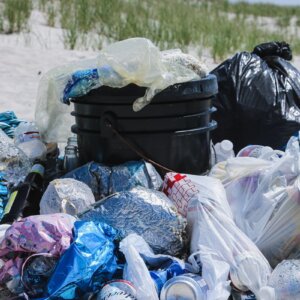



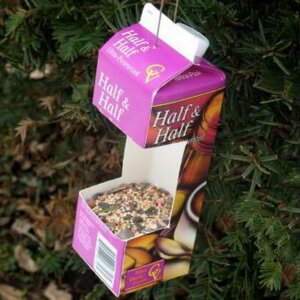
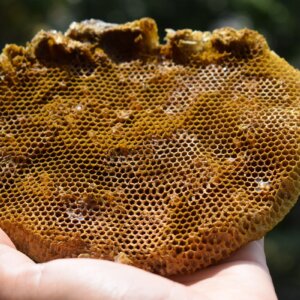

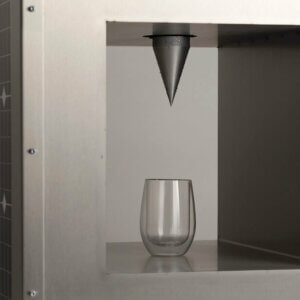
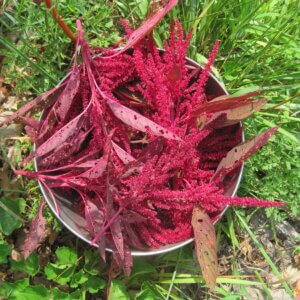

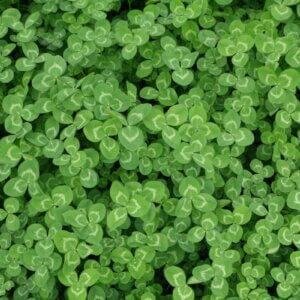

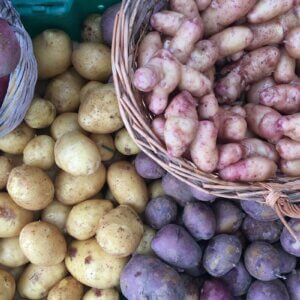
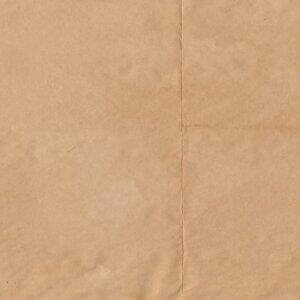
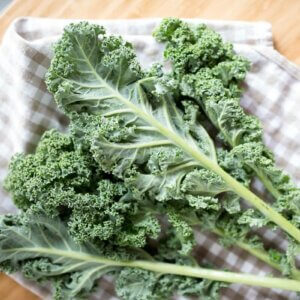
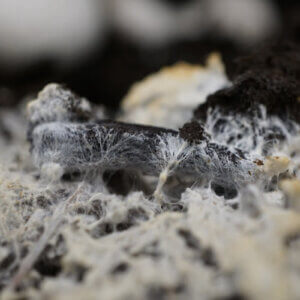

Leave a Reply